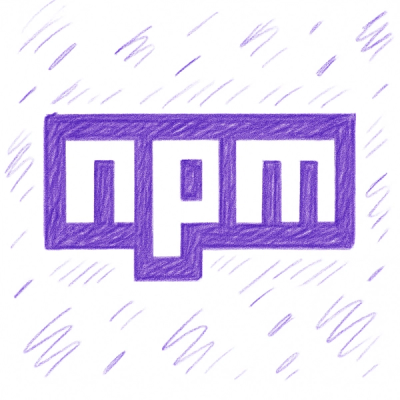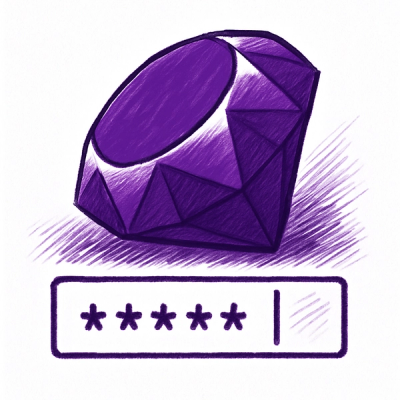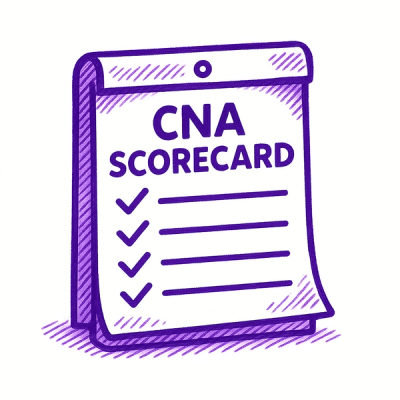
Security News
npm Adopts OIDC for Trusted Publishing in CI/CD Workflows
npm now supports Trusted Publishing with OIDC, enabling secure package publishing directly from CI/CD workflows without relying on long-lived tokens.
headlight-node-sdk
Advanced tools
This is the SDK for building custom Node.js apps on the Pavia Systems Headlight ecosystem.
The SDK allows creation and management of arbitrary, JSON-based data structures that can be stored within Headlight. The SDK takes care of much of the basic structure and organization of your app and provides hooks for you to create screens for managing your data.
npm install headlight-node-sdk --saveserver.js file with the followingvar _Orator = require(__dirname+'/node_modules/headlight-node-sdk/server/Headlight-NodeSDK.js').new({
Product: '{YOUR_UNIQUE_APP_NAME}',
StaticContentFolder: __dirname + '/stage/',
ConfigFile: __dirname + "/Headlight-App-Config.json"
}).orator();
_Orator.startWebServer();
npm install gulp -ggulpfile.js in your project’s root directory with the following contents:var _Swill = require('headlight-node-sdk').new({StaticContentFolder: __dirname+'/stage/'}).swill();
Remember to set your node enviroment to a modern version of node. You can do this by running the following in the terminal:
nvm install 5.8
nvm use 5.8
nvm alias default 5.8
It is important that you do this before installing the global node modules or the local node modules.
A Headlight app contains a few key files.
├── headlight-app/
│ ├── Headlight-App.json
│ ├── css/
│ │ ├── Headlight-App.css
│ ├── html/
│ │ ├── Headlight-App.html
│ │ ├── Other-Arbitrary-Markup-Files.html
│ ├── scripts/
│ │ ├── Headlight-App.js
│ │ ├── Other-Arbitrary-Javascript-Files.js
├── stage/
│ ├── *** Automatically Generated ***
├── gulpfile.js
├── server.js
├── Headlight-App-Config.json (optional)
Refer to the Headlight-Node-SDK-Sample project for more information.
The primary app Javascript file, Headlight-App.js, will be compiled using Browserify. Therefore, you can include any other arbitrary javascript file using the following syntax:
require('./Other-Arbitrary-Javascript-Files.js');
The entry point for your app is Headlight-App.js. Your app must be structured as a pict feature with the same name as the AppHash provided in the Headlight-App.json configuration file. Your pict feature must provide two specific functions. Here is a sample skeleton app.
pict.features.MyHeadlightApp = {};
pict.features.MyHeadlightApp.initialize = function(pSession){
console.log('MyHeadlightApp app initializing!');
};
pict.features.MyHeadlightApp.load = function(pRecord, pProject, pSession){
$('#headlight-app').html('My Headlight App has loaded!');
};
The Headlight SDK will provide all the basic components of your app for you, including authentication, project management and record listings. You can control some of these features by providing a configuration file called Headlight-App.json in the headlight-app directory.
{
"AppHash": "MyHeadlightApp",
"AppName": "My Headlight App",
"AppAuthor": "Ryan Vanderpol <me@ryanvanderpol.com>",
"AppRecordHash": "MyAppRecord",
"AppRecordName": "My Record",
"AppRecordNamePlural": "My Records",
"ProjectList": true,
"Backbone": true,
"Page":
{
"Index-Head-Override": false,
"Index-Tail-Override": false,
"AppEntryTemplate": "MyHeadlightApp_Main"
}
}
You can disable project management by setting the ProjectList attribute to false. Doing this bypasses project selection and allows creation of data that is not tied to any specific project.
The Headlight SDK has an entire gulp build chain built in. All you need to do is run the following and you’ll be on your way.
gulp build-debug
If you’d like to modify the build process, refer to the Swill documentation.
Once the project is built using gulp running is as simple as
node server.js
The SDK will take care of starting up a server and serving the files from your headlight-app directory.
While building your app you may want to store or retrieve data from the Headlight platform. The records created by your app can be retrieved and saved via the AppData API proxy. Using the API can look like this:
pict.features.HeadlightApp.Data.AppData.save({ id: 42, model: model }, { success: function(response){
console.log('saved!', response);
});
To create a new record, you may omit or pass in null for the id parameter.
The following data proxies are available:
You will generally store all of your app's data in an AppData container.
If the JSON object you store in the AppData container has a Title attribute, it will be used on the Record List screen.
FAQs
Headlight - App Store Foundation SDK
We found that headlight-node-sdk demonstrated a not healthy version release cadence and project activity because the last version was released a year ago. It has 4 open source maintainers collaborating on the project.
Did you know?

Socket for GitHub automatically highlights issues in each pull request and monitors the health of all your open source dependencies. Discover the contents of your packages and block harmful activity before you install or update your dependencies.

Security News
npm now supports Trusted Publishing with OIDC, enabling secure package publishing directly from CI/CD workflows without relying on long-lived tokens.

Research
/Security News
A RubyGems malware campaign used 60 malicious packages posing as automation tools to steal credentials from social media and marketing tool users.

Security News
The CNA Scorecard ranks CVE issuers by data completeness, revealing major gaps in patch info and software identifiers across thousands of vulnerabilities.